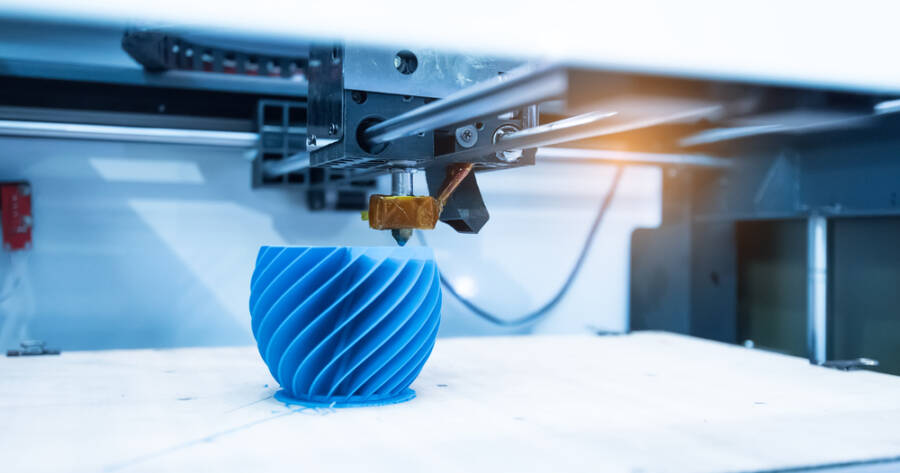3D printing has opened up new possibilities for hobbyists, small businesses, and inventors. However, costs can add up quickly, especially when considering materials, maintenance, and upgrades. Fortunately, with the right strategies, you can significantly reduce expenses while maintaining quality. Here’s how to get the most out of your 3D printer without overspending.
Choosing the Right Printer for Budget-Friendly Printing
Selecting the right 3D printer is the first step in saving money. While high-end models offer advanced features, budget-friendly printers can still produce impressive results with the right settings. Open-source printers are often a great option since they allow for modifications and repairs without expensive proprietary parts.
Another cost-saving strategy is buying a pre-owned or refurbished model from a reputable source. Many 3D printing enthusiasts upgrade their machines frequently, making second-hand printers available at lower prices. Just be sure to check the condition, test the machine if possible, and verify that replacement parts are accessible.
Additionally, consider whether a filament-based (FDM) printer or a resin (SLA) printer best suits your needs. FDM printers tend to be more affordable in the long run because filament is cheaper than resin, and maintenance costs are typically lower.
Cutting Costs on Filament and Materials
Filament costs can add up, but there are ways to cut expenses without sacrificing print quality. One way to save is by buying filament in bulk or from third-party manufacturers that offer high-quality materials at lower prices. Be sure to check customer reviews to avoid low-quality options that could clog your printer or produce weak prints.
Another budget-friendly approach is recycling old or failed prints. Filament recyclers can turn old prints into reusable material, reducing waste and saving money. While buying a professional-grade recycler can be expensive, there are DIY methods to create your own recycling system with basic tools and a filament extruder.
Using the right print settings can also help reduce material usage. Adjusting infill density, layer height, and support structures can minimize filament waste without weakening your prints. Many slicing programs offer optimization features that balance strength and material efficiency.
Maintenance Hacks to Extend Printer Life
Regular maintenance keeps your printer in good condition and helps avoid costly repairs. Cleaning the nozzle, bed, and extruder regularly prevents clogs and print failures. A small investment in a nozzle cleaning kit can save money in the long run by keeping your printer functioning properly.
Calibration is another key to long-term savings. An improperly calibrated printer wastes filament and produces failed prints. Manually leveling the bed, ensuring proper belt tension, and checking for loose components can improve print accuracy and reduce material waste.
For those using FDM printers, upgrading to a glass or magnetic print bed can reduce the need for adhesives and make print removal easier. While these upgrades come with a small upfront cost, they can extend the lifespan of the print surface and reduce long-term maintenance expenses.
No-Fee and Low-Cost Software for Efficient Printing
While some 3D printing software can be expensive, there are excellent alternatives that offer powerful tools. Open-source slicing programs like Ultimaker and Slic3r provide advanced print settings and optimization features without requiring a paid subscription.
For those who design their own 3D models, no-fee CAD software such as Tinkercad, Fusion 360 (for hobbyists), or Blender can replace costly design programs. Many online resources also offer complimentary models, allowing you to print existing designs without purchasing expensive files.
Another way to maximize savings is by using online communities and forums. Many experienced users share printing tips, troubleshooting advice, and even modified settings for specific printer models, helping you avoid unnecessary trial and error.
Smart Strategies Lead to Long-Term Savings
3D printing doesn’t have to be expensive. By choosing the right printer, cutting costs on filament, maintaining your machine, and using no-fee software, you can enjoy high-quality prints without overspending. With a little effort and smart decision-making, 3D printing can remain an affordable and rewarding hobby or business tool.

